Apply to a foreign university with confidence
- Properly fulfilled documents
- Perfect motivation letter
- Support from a personal mentor
- Offers from several universities
Article score: 4.67 out of 5 (3 reviews)
Admission to an Italian university typically takes from three to six months and involves some nuances, all of which are elaborated in this article.
Free consultation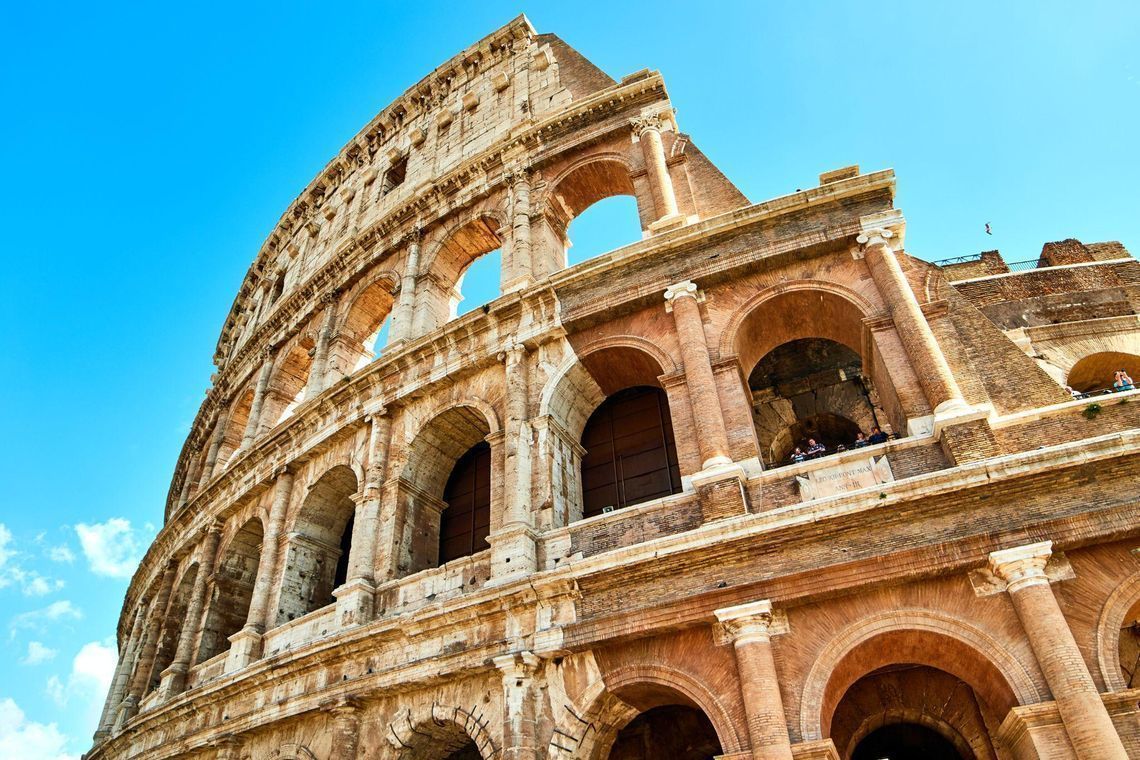

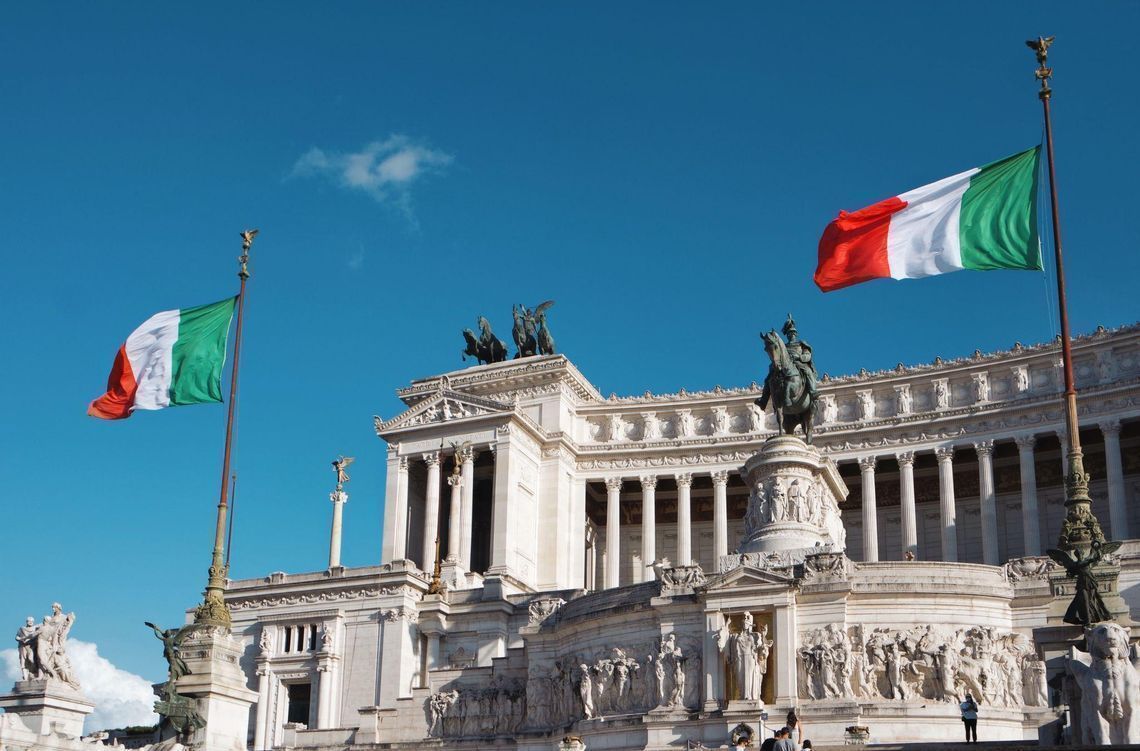
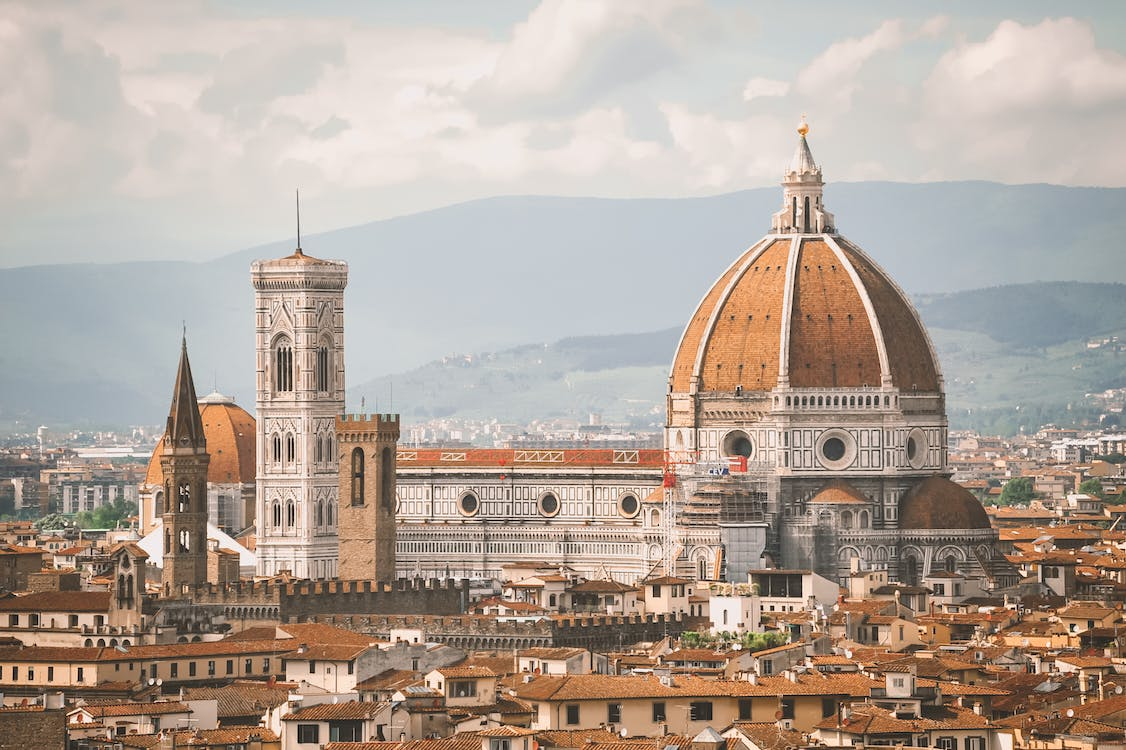
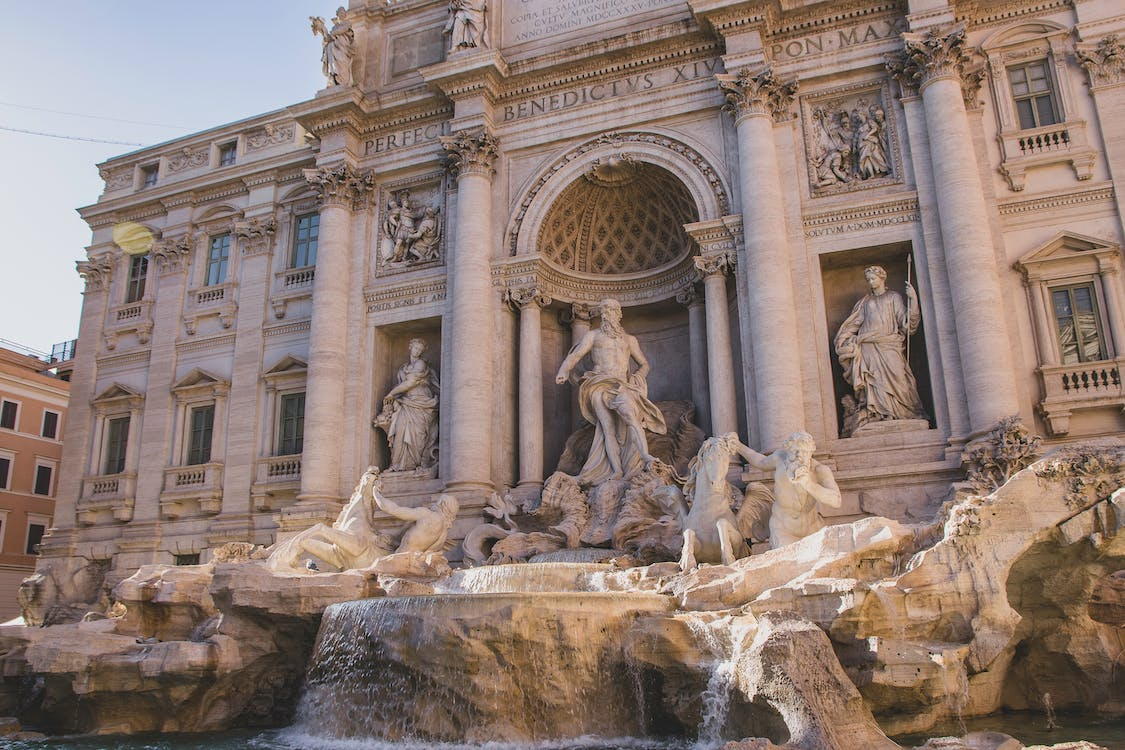

Applying to an Italian university right after completing the 11th grade is unlikely to yield success. You either need to undergo a preparatory program or spend an extra year studying at a university in your home country. The admission process in Italy occurs in two main stages: pre-enrollment and entrance exams.
In this article, we will thoroughly explain the admission procedure, the requirements at each educational stage, the cost of education, and important points to consider.
For more information about higher education, universities, and language courses in Italy, you can explore our separate articles.
| Program | Age | Duration | Min. cost / year | Avg. cost / year |
|---|---|---|---|---|
| Foundation | 17+ | 1 year | 3,955 USD | 5,650 USD |
| Bachelor's | 17+ | 3 years | 2,034 USD | 4,520 USD |
| Medical programs | 17+ | 3-6 years | 3,955 USD | 22,600 USD |
| Master's | 20+ | 1-2 years | 2,260 USD | 11,300 USD |
| MBA | 20+ | 1-2 years | 10,000 USD | 35,000 USD |
| PhD | 20+ | 3-5 years | 1,808 USD | 11,300 USD |
| Expense | Average cost |
|---|---|
| Registration fee | 79 USD |
| Rent | 565-678 USD/month |
| Mobile Internet | 17 USD/month |
| Transportation | 40 USD |
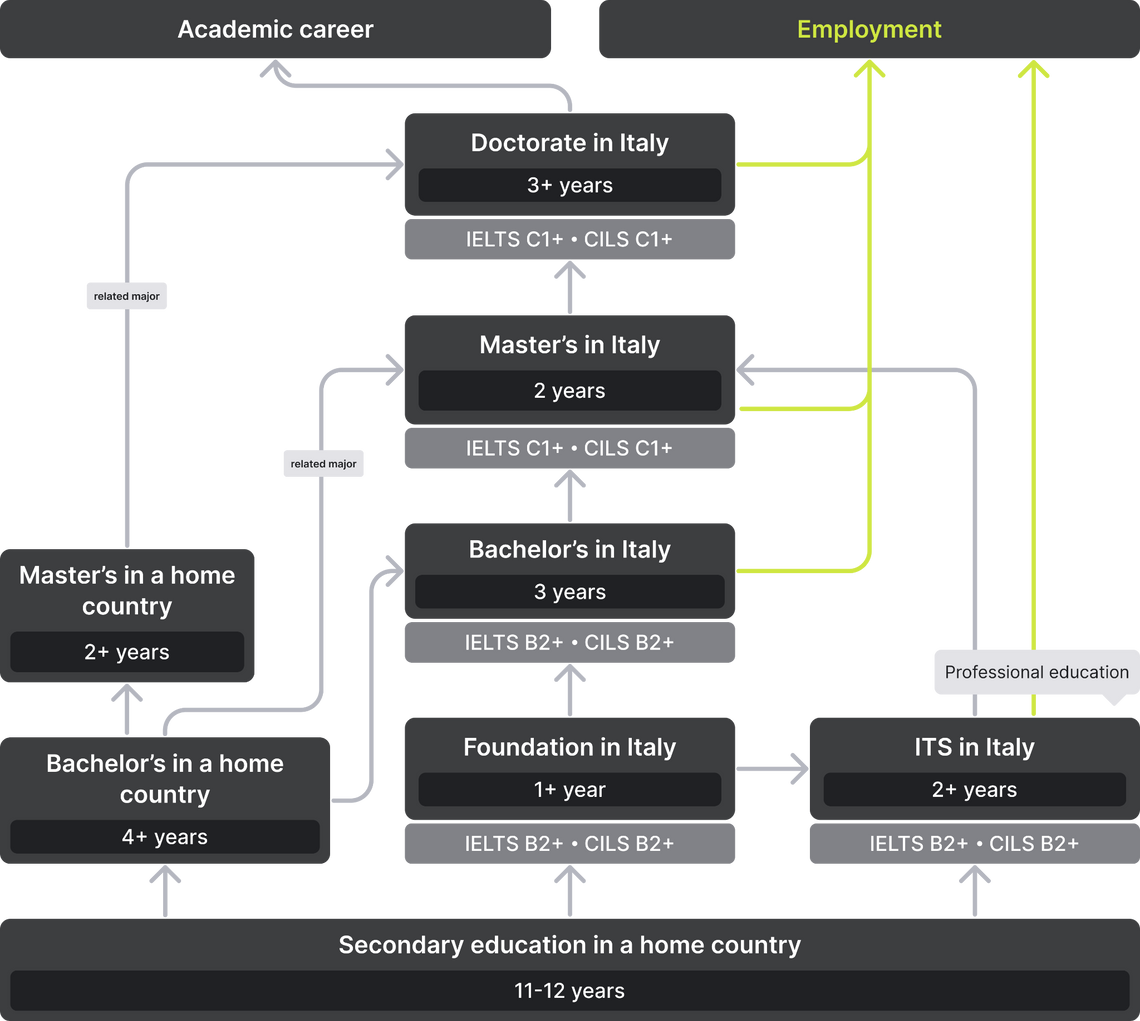
The first step involves making a decision about your field of study. For guidance on selecting the correct path and avoiding missteps, refer to our separate article.
Your chosen career path will dictate the suitable university type. In Italy, higher education can be pursued through various educational institutions:
Your primary guides for university selection are subject ratings. These prove to be more dependable indicators compared to the global rankings of universities alone. Subject ratings highlight the institutions where your chosen field of study is best taught.
More about: World university rankingsFor instance, in the QS subject ratings, Milan Polytechnic Institute holds the 123rd position in the overall university rankings and an impressive 10th position in architecture[1]. Similarly, the University of Milan secures the 276th spot worldwide, but 29th in pharmacy and pharmacology[2].
Italy stands out as one of the most budget-friendly European countries for pursuing education. The expenses for a bachelor's program begin at 1,921 USD per year, while a master's degree starts from 5,650 USD. PhD programs are also notably cost-effective, starting from 960 USD.
Private universities invariably carry higher price tags compared to public ones. For example, the Computer Science program at the private Bocconi University is priced at 15,820 USD, whereas at the state-run University of Rome La Sapienza, the cost is 3,304 USD.
Italy offers a multitude of programs conducted in English, boasting 703 options at the master's level and 162 for bachelor’s studies[3].
Furthermore, if you plan to enter a creative field and wish to study in English, it's advisable to choose a university over a higher art school. Typically, higher schools conduct instruction solely in Italian.
Items 1-6 of 325
Advanced searchEntering an Italian university directly after the 11th grade will not be possible, as Italian students undergo a 12-year educational journey.
You can make up for this difference in three ways:
In Italy, university programs fall into two categories:
The admission process for bachelor's and master's programs unfolds in two stages, starting with a pre-enrollment phase.
The process of getting admitted follows these steps[4]:
Applying to a university
Visit the official website of your chosen university to register and apply for admission. Submit the required documents — including certificates, diplomas, language proficiency certificates, CIMEA (if applicable), and so on.
Please note that you are allowed to submit only one application to one university[5].
Pre-enrollment
For pre-enrollment, refer to the Universitaly platform. There, you will find complete instructions. If you encounter any difficulties, it is best to directly contact your chosen university for precise clarifications.
Preliminary evaluation
The university will carefully assess your application again, specify documents that need attention, and ultimately make a final decision.
Final decision
The outcome depends on the specific university and programs. You might receive an unconditional offer, which means you are accepted without any additional conditions. Alternatively, you might get a conditional offer, which comes with certain requirements. For instance, you might need to pass an Italian proficiency exam or provide a DDV certificate.
Afterwards, you will proceed to take the required entrance exams.
These exams vary based on your chosen field of study. They can include standardized tests, internal university assessments gauging fundamental subject knowledge, or even creative evaluations such as presentations, performances, reviews, and portfolio defenses.
For instance, medical fields might require the IMAT exam, while economics programs could necessitate the TOLC test.
Internal exam dates are posted on university websites and communicated to applicants who have successfully cleared the pre-admission phase. Registering with the Universitaly Portal is also an important step.
In some instances, Italian universities might request confirmation that you have passed the necessary entrance exams in your home country.
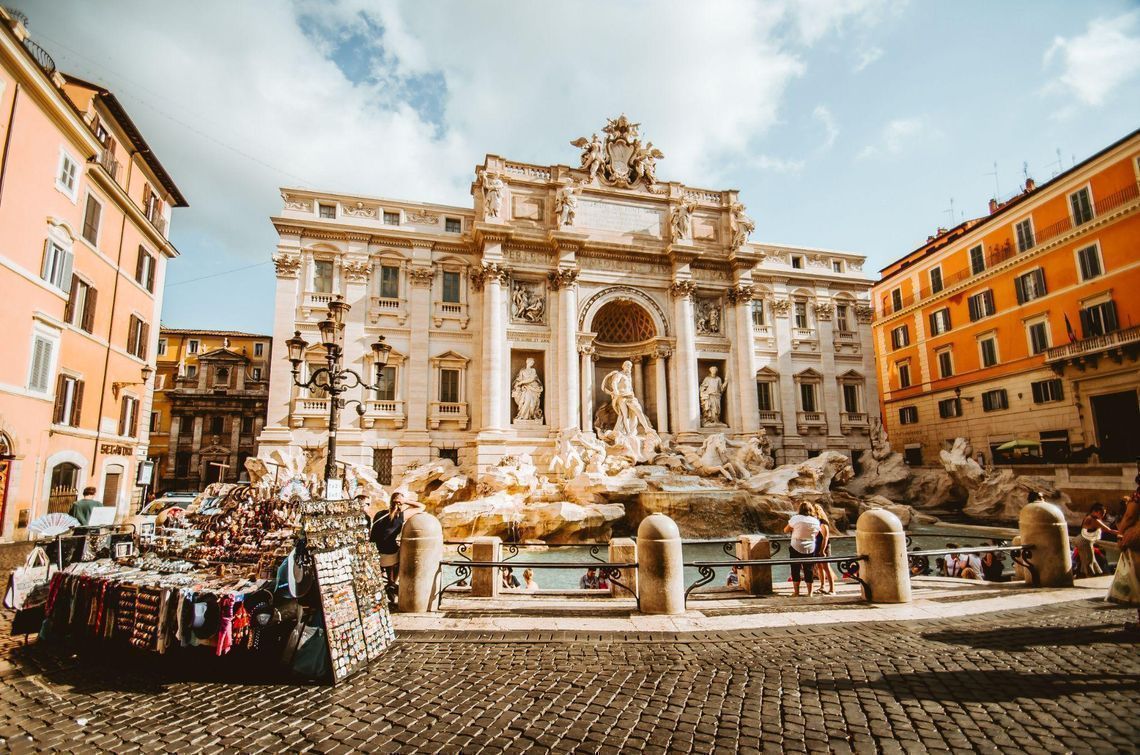
Legalization and recognition of educational documents are mandatory procedures upon gaining admission to an Italian university.
Diplomas and certificates generally require an apostille, a validation that verifies the legitimacy and accreditation of your alma mater.
However, you will also need to undergo a somewhat more complicated recognition process. The outcome is a certificate attesting that your prior education meets the standards necessary to continue studies in Italy.
To achieve document recognition in Italy (Procedure di riconoscimento dei titoli), you need to:
Students who receive their diploma in June and cannot apply for a DDV before the document submission deadline must provide a certificate from their university confirming graduation within the current year.
The DDV issuance process is both lengthy and complicated. If you receive your diploma in June, Italian universities are often willing to await your documents and DDV until October-November for final enrollment. To ensure timely completion, proceed with the apostille application immediately after obtaining your documents, followed by prompt DDV processing.
Alternatively, you can obtain a CIMEA certificate — a DDV equivalent that is widely accepted by nearly all Italian universities
Italian students typically undergo 12 years of schooling. Therefore, if you possess only 11 years of secondary education, the missing year needs to be compensated.
To address this, Foundation programs are available, often referred to as Corsi Propedeutici. These programs not only enhance your language skills, but also cover subjects that Italian students study at school. The key advantage of such preparatory courses lies in the exemption from entrance exams at some universities upon completion. For instance, this holds true at the Academy of Fine Arts Rosario Gagliardi Siracusa[8].
It is best to pursue a Foundation program at the university where you intend to apply for further study. Some universities may not accept a Foundation certificate from another institution.
Numerous universities in Italy offer Foundation programs: University of Rome La Sapienza, University of Pavia, Ca' Foscari University, Marangoni Institute, and Rome University of Fine Arts.
Foundation programs in Italy are available in both English and Italian. However, even programs in English usually incorporate a segment focused on learning the national language. Only in rare instances do English Foundation courses exclude Italian lessons — for example, if you are applying for a Pre-Masters in applied mathematics[9].
The minimum age for admission to Foundation programs is 17 years. Underage students must have a guardian with Italian citizenship throughout their study period.
There are two application deadlines for Foundation programs in Italy:
Additional documents:
Additionally, some universities may conduct Skype interviews to gauge your language proficiency.
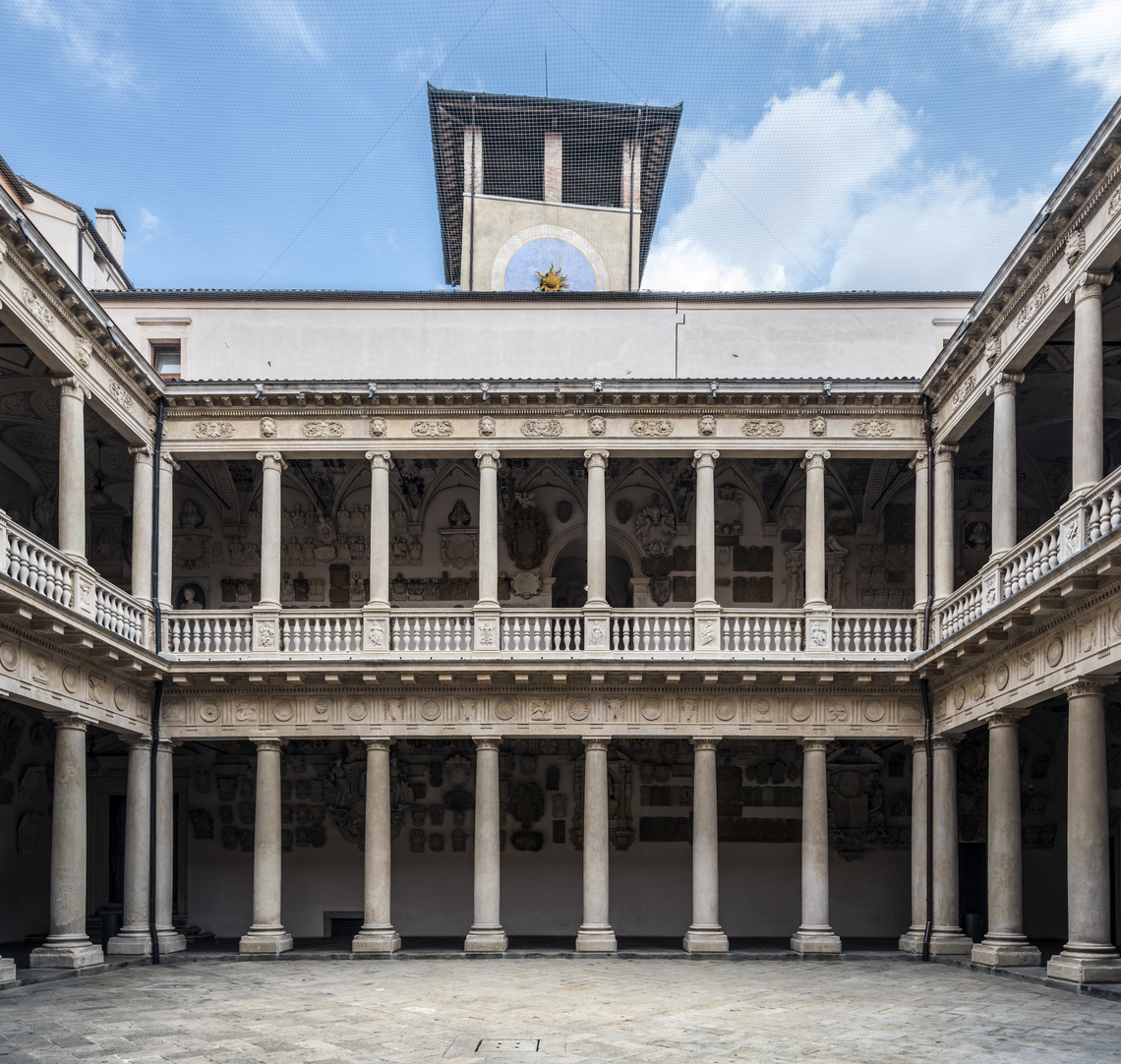
To pursue a bachelor's degree in Italy (Laurea), you must have completed 12 years of secondary education. If you do not meet this requirement, you can make up for the difference by enrolling in a Foundation program, or doing a year of study at a university in your home country.
Applying to a university
Visit the official website of your chosen university to register and apply for admission. Submit the required documents — including certificates, diplomas, language proficiency certificates, CIMEA (if applicable), and so on.
Please note that you are allowed to submit only one application to one university[5].
Pre-enrollment
For pre-enrollment, refer to the Universitaly platform. There, you will find complete instructions. If you encounter any difficulties, it is best to directly contact your chosen university for precise clarifications.
Preliminary evaluation
The university will carefully assess your application again, specify documents that need attention, and ultimately make a final decision.
Final decision
The outcome depends on the specific university and programs. You might receive an unconditional offer, which means you are accepted without any additional conditions. Alternatively, you might get a conditional offer, which comes with certain requirements. For instance, you might need to pass an Italian proficiency exam or provide a DDV certificate.
After that you will be provided with the exams. The nature of entrance exams varies according to the institution type: universities, higher art schools, and higher technical institutes.
Entrance exams at universities:
Entrance exams at higher schools are more diverse:
Keep in mind that some programs might involve an interview as part of the entrance evaluation process.
Universities might also ask to verify your successful completion of entrance exams in your home country.
Specific requirements can differ, so it is best to verify them on the official program website.
Application deadlines typically fall between mid-April and May, although these dates can vary depending on the university.
Enrolling in an Italian master's program mandates that your bachelor's education aligns with the chosen field of your intended master's degree.
The process for applying to a master's program does not substantially differ from that of bachelor’s programs. You can refer back to the earlier section for more details, but we will recap here as well.
When pursuing a master's program, the initial step is the pre-enrollment phase. This involves submitting the required documents to your selected university and subsequently completing an application for pre-enrollment through the online Universitaly Portal. Depending on the program, you might be admitted unconditionally or be subject to entrance exams. Your performance in these tests will determine your admission outcome.
Most often, these involve internal assessments and/or interviews. Some disciplines might require GMAT or GRE exam results.
For creative fields and higher schools, specific exams are designed:
In most cases, document submissions generally need to be finalized by the end of June, with some extending to July. For precise dates, visit the official website of your chosen university.
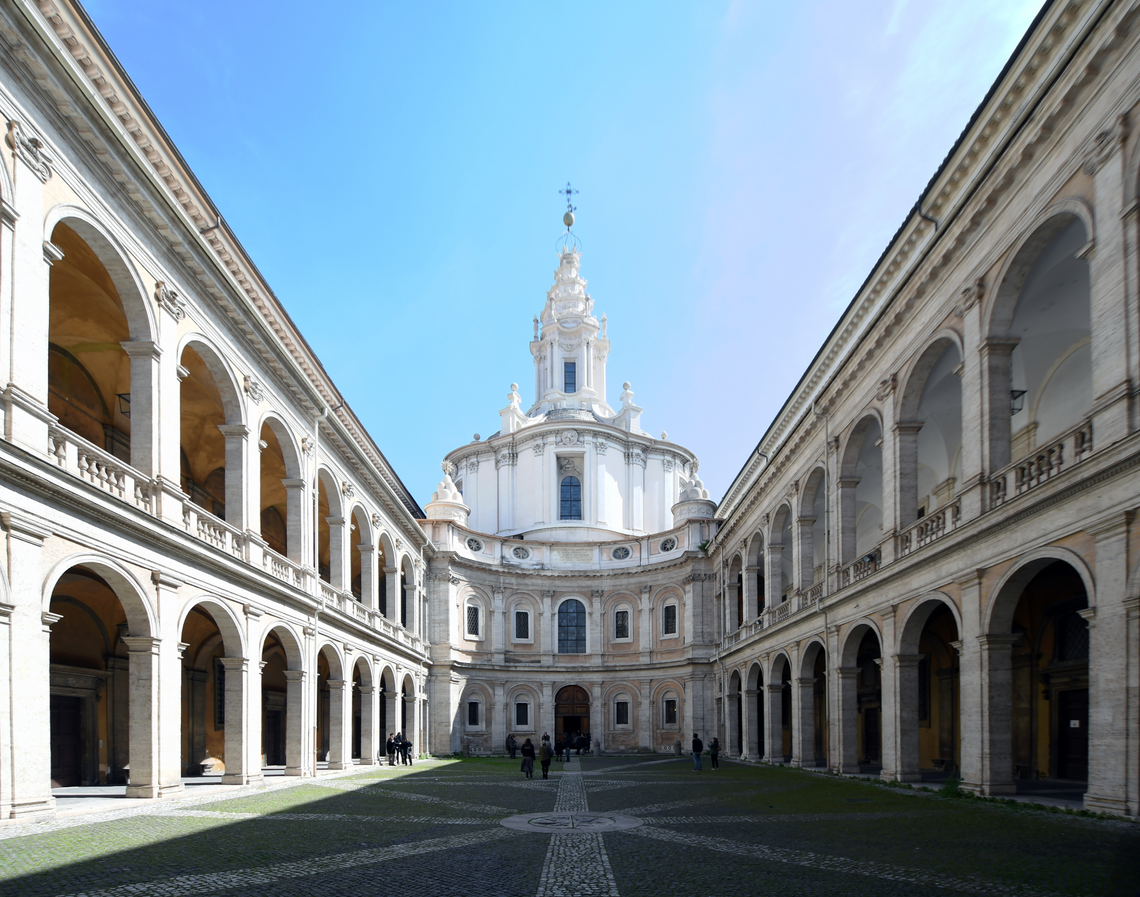
Getting into a PhD program (Studi di dottorato) takes a slightly different route compared to the pre-enrollment steps required for both bachelor’s and master's programs. In this case, you can directly apply to the university. Application deadlines for PhD programs tend to be around the end of September.
Ensure that the field you specialized in during your master's aligns with the focus of the PhD program. In some cases, you might also need written approval from a potential supervisor for your research. This supervisor, often a professor from the program, needs to be chosen carefully and contacted ahead of time.
Certain universities might also conduct interviews with prospective PhD students during the admission process.
Italy offers numerous scholarship and grant options for international students:
Suitable financing programs can also be found on the Scholarship Portal website.
If you plan to study in Italy, securing a student visa is essential. The application fee is 56 USD[13], and the processing time typically ranges from 1 to 2 weeks.
After arriving in Italy, your next step is to visit the nearest police station (questura) to apply for a residence permit.
60+ countries
we work with
$1,000,000 saved
by students through scholarships
6,400 offers
our students got